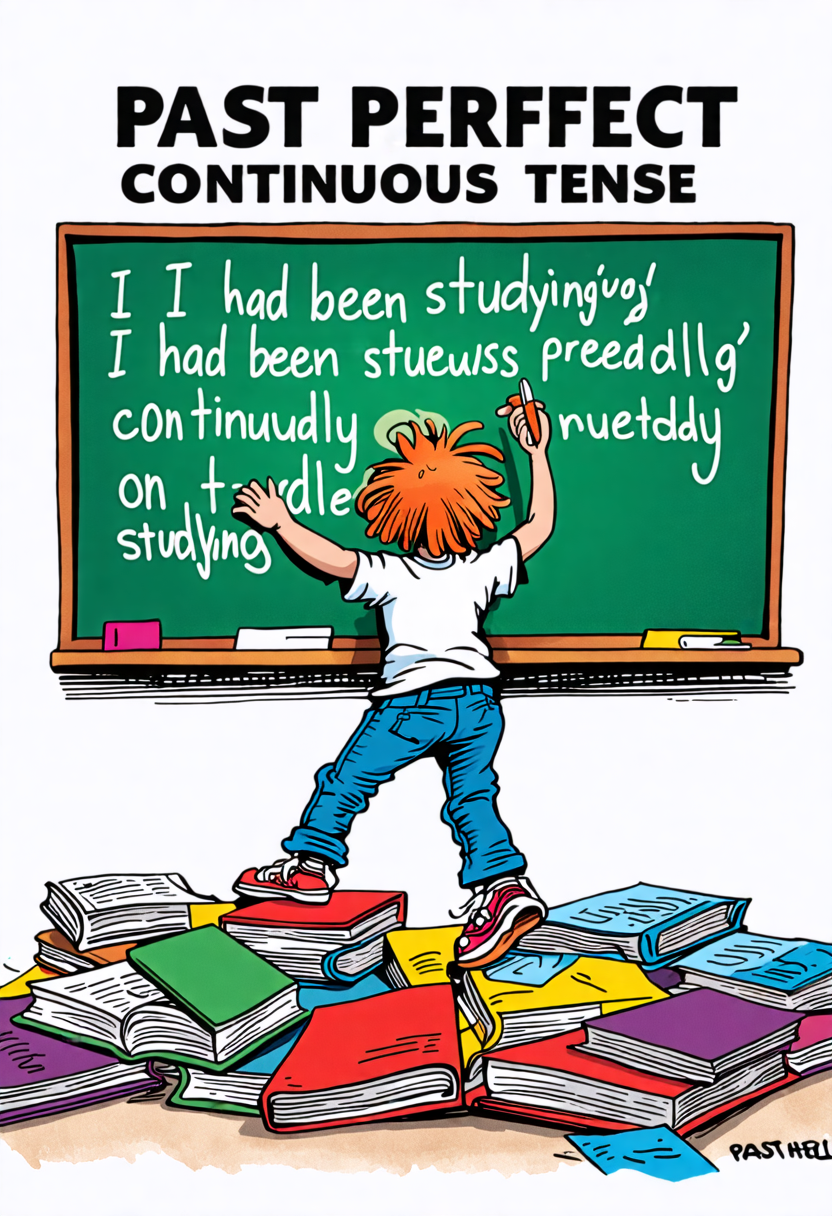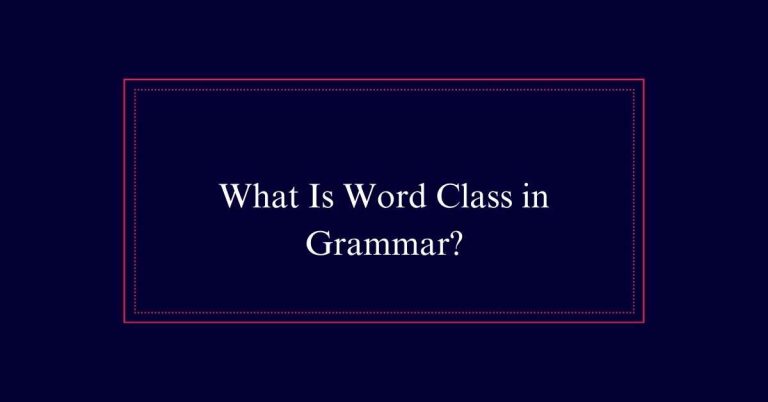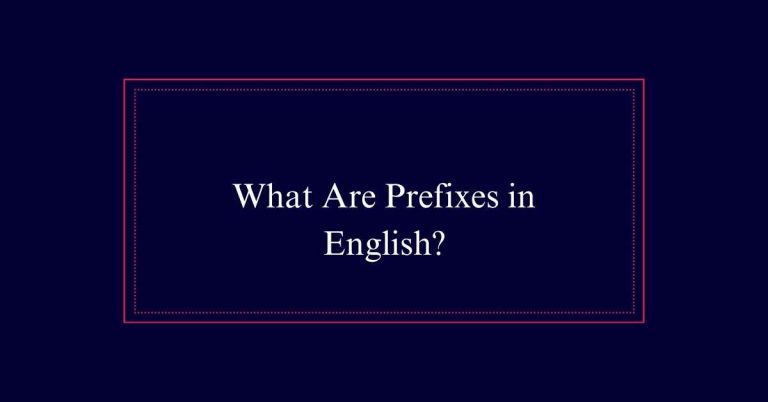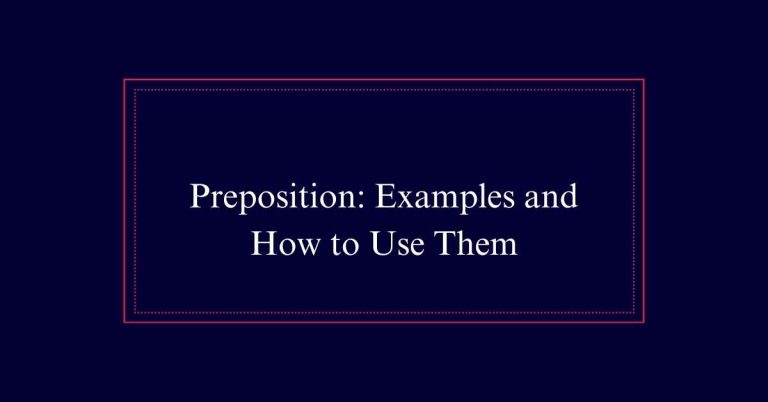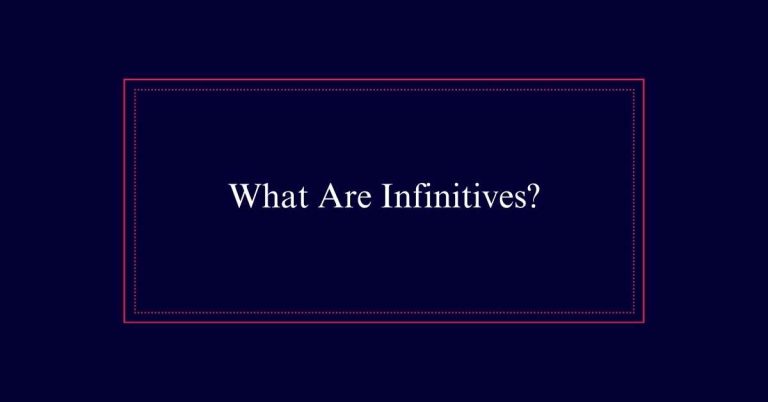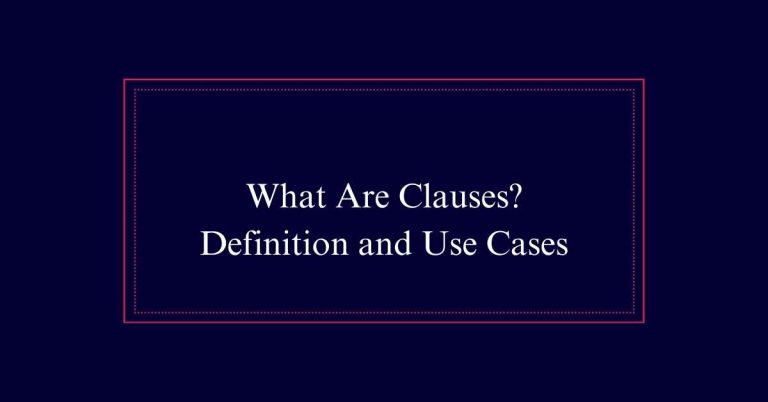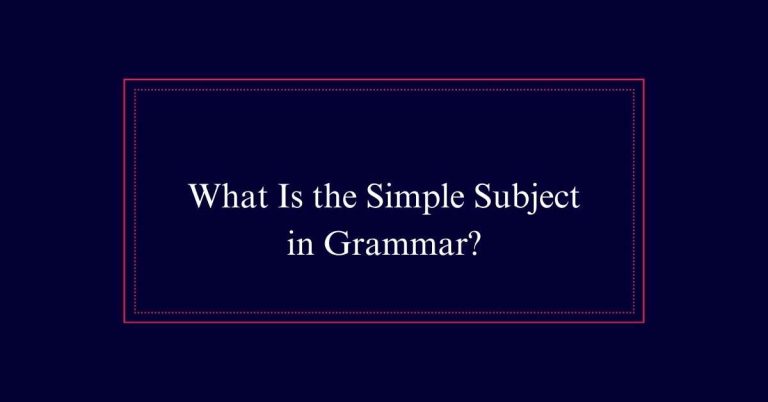Past Perfect Continuous Tense
The past perfect continuous tense is formed using ‘had been’ followed by the present participle of the verb (e.g., ‘playing’). It highlights an action that began, continued, and ended before another past event.
For example, “She had been studying for hours before the exam started.” Common words like ‘when,’ ‘for,’ ‘since,’ and ‘before’ often accompany this tense to specify duration and sequence, such as “He had been working for three hours” or “They had been living there before they moved to the city.”
Formula and Structure
The past perfect continuous tense is formed using the formula: ‘had been’ followed by the present participle of the verb. This tense is used to indicate an action that began, continued, and ended in the past.
For example, ‘Martha had been walking’ shows that Martha started walking, continued for a while, and then stopped before a specific past moment. Common words like ‘when’, ‘for’, ‘since’, and ‘before’ often accompany this tense to clarify the duration or timing of the action.
Example: ‘Anh Ngoc had been playing the piano for thirty-five years.’ This tense provides a clear picture of past activities and their timelines, essential for accurate storytelling or reporting past events.
Key Characteristics
In past perfect continuous tense, clarity of action’s duration and completion before a specific past event is crucial. This tense highlights the length of time an action was in progress before another past event occurred.
It is constructed using ‘had been’ followed by the verb’s present participle (e.g., ‘had been walking’). This tense is particularly useful for emphasizing actions that were ongoing and then finished before a key moment in the past.
For example, ‘She had been studying for hours before the exam started’ shows both the duration and the completion of her studying.
Common Usage Words
Understanding common usage words enhances the clarity and coherence of sentences constructed in the past perfect continuous tense. Words such as ‘when,’ ‘for,’ ‘since,’ and ‘before’ are pivotal in forming meaningful sentences.
‘When’ links two past events, as in, ‘She had been studying when the phone rang.’
‘For’ and ‘since’ specify the duration, like ‘He had been working for three hours’ or ‘She had been writing since morning.’
‘Before’ often indicates the sequence of events, for example, ‘They had been living there before they moved to the city.’
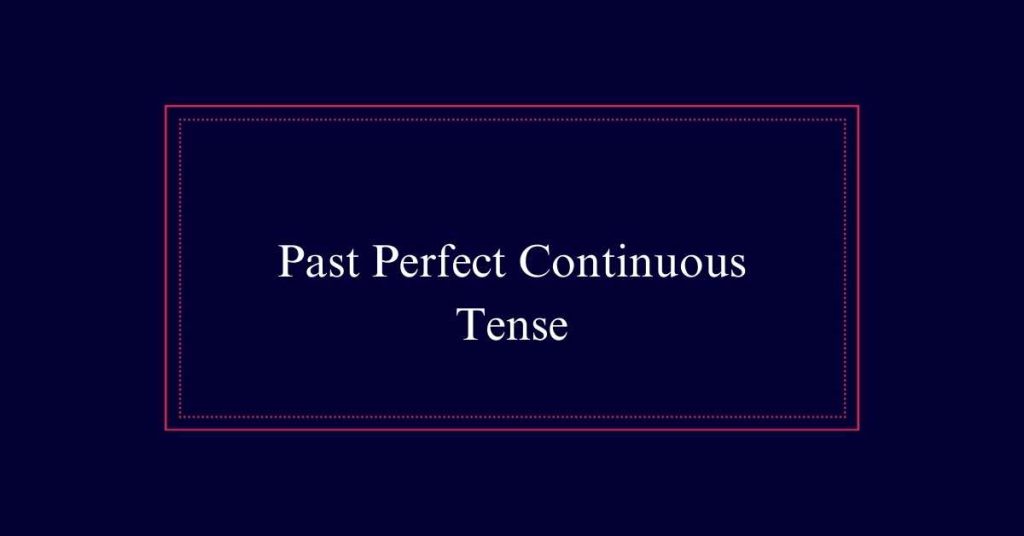
Showing Duration
Often, the past perfect continuous tense highlights the duration of an activity that was ongoing before a specific past event. This usage emphasizes how long the activity lasted.
For example, ‘She had been studying for three hours before the exam began’ shows the duration of studying before the event of the exam. Words like ‘for’ and ‘since’ are often used to indicate this duration.
Another example is, ‘They had been traveling for weeks before they reached the city,’ which underscores the length of their journey.
Indicating Completion
The past perfect continuous tense also indicates the completion of an action after a specific duration in the past. This usage highlights that the action was ongoing but has since ended.
For instance, ‘Anh Ngoc had been playing the piano for thirty-five years’ demonstrates that the piano playing spanned thirty-five years but concluded before another past event. This tense effectively shows not only the duration but also the completion of the activity.
It is often used with expressions like ‘for’ and ‘since’ to specify the time frame.
Interrupted Actions
An action in the past perfect continuous tense is frequently interrupted by another event in the past. This tense highlights actions that were ongoing before being stopped by another past event. For example, “She had been reading when the phone rang.” It clearly shows that the reading was in progress until the interruption occurred. Understanding interruptions helps in crafting precise sentences.
| Example Sentence | Explanation |
|---|---|
| He had been studying when she called. | Studying was interrupted by a phone call. |
| They had been cooking when it started to rain. | Cooking was ongoing before the rain began. |
| I had been jogging when I twisted my ankle. | Jogging was happening before the injury. |
| We had been discussing the project when the power went out. | Discussion was halted by a power outage. |
Before Specific Events
Understanding how actions were ongoing before specific events is key to mastering the past perfect continuous tense. This tense is used to describe actions that started, continued, and ended before another past event.
For example, ‘They had been studying for hours before the test began.’ Here, the action of studying was ongoing and completed before the test started.
Another example is, ‘She had been waiting for 30 minutes when the bus finally arrived.’ In this case, the waiting was in progress before the bus’s arrival.
Time Frame Comparison
Comparing time frames between the past perfect continuous and the present perfect continuous highlights their distinct uses in describing actions relative to different points in time. Past perfect continuous is used for actions that started, continued, and ended before a specific point in the past. Present perfect continuous, however, describes actions that began in the past and continue into the present.
Here are key distinctions:
- Past Perfect Continuous: Action completed before a specific past time.
- Present Perfect Continuous: Action started in the past and still ongoing.
- Past Perfect Continuous Example: ‘Martha had been walking.’
- Present Perfect Continuous Example: ‘Martha has been walking.’
Examples With Verbs
To illustrate the use of past perfect continuous tense, let’s examine a variety of verbs in context.
Consider the verb ‘walk’ in the sentence: ‘Martha had been walking for two hours before it started raining.’ This shows an action that was ongoing and then interrupted.
Another example is with ‘work’: ‘The team had been working on the project for months before it was completed.’ This sentence highlights the duration of an activity.
Similarly, ‘play’ can be used as in: ‘Anh Ngoc had been playing the piano for thirty-five years before retiring.’
Finally, ‘drink’ fits in: ‘He had been drinking coffee all morning before his meeting.’
Versatility in Contexts
The past perfect continuous tense demonstrates remarkable versatility across various contexts, illustrating its broad applicability in describing past actions. It is especially useful in providing a nuanced understanding of events.
Here are four key contexts where this tense excels:
- Interrupted Actions: Describes actions ongoing before another past event (e.g., ‘She had been reading when the phone rang’).
- Duration Before a Past Event: Emphasizes the length of an activity before a specific moment (e.g., ‘They had been traveling for hours before they found a rest area’).
- Cause and Effect: Clarifies the cause of a past situation (e.g., ‘He was tired because he had been working all night’).
- Sequential Events: Highlights actions that happened in sequence (e.g., ‘She had been studying before she took the exam’).
